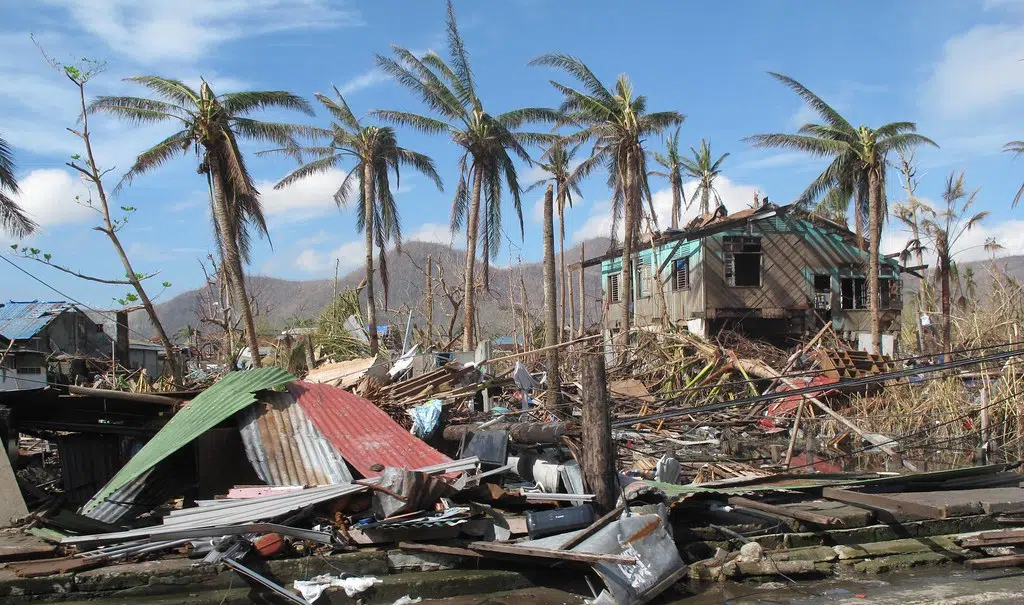The death toll from the Super typhoon Odette (International name Rai) , considered the strongest typhoon in rhw Philippines this year climbed to 300 as of Thursday as government and humanitarian agencies still unable to access some disaster-hit areas. The storm left millions homeless, flooded roads, caused landslide, destroyed bridge and infrastracture and resulted in massive telephone and internet connections outages.
According to recent data released by United Nations, around 1.8 million people have been affected by the catastrophe since the storm made the landfall on Thursday. More than 500 people reported injured and more than 50 still missing. Casualties are expected to climb as rescue operations continue and affected families crowd evacuation centres needing food, water and clothes.
Preemptive evacuations and storm preparations began earlier in the week before the typhoon even hit the country but millions are still left vulnerable amidst pandemic challenges.
Military, coast guard, fire personnel, Red Cross and other government and international aid workers have been depoloyed to worst-affected areas to assist in the rescue efforts.
Philippine President Rodrigo Duterte has himself conducted aerial inspections of the areas ravaged by the storm and has promised more funding and more expedited services.
Odette made landfall on Siargao Island, a popular tourist and surfing destination in northeast Mindanao with winds of up to 260 kilometers (160 miles) per hour — equivalent to a Category 5 storm. Several municipalities in the Visayan and Mindanao region in southeastern part of the country were hardly hit by the typhoon.
Foreign travellers are still banned from entering the Philippines under Covid-19 restrictions but many local and foreign tourists were among those affected with some of them airlifted from islands to capital Manila to escape the wrath of the typhoon.




Comments